Bowers & Wilkins Pi8 review: high-end in-ears deliver peerless audio quality
Looking for premium in-ears? Bowers & Wilkins' all-new Pi8 is most certainly at the top-end of the spectrum


Predictably great sound, predictably thorough specification and unexpectedly swish design make the Bowers & Wilkins Pi8 the most competitive true wireless in-ear headphones so far. Which, by extension, means they’re very competitive indeed… if you've got the cash to splash.
-
+
Great across-the-board specification (including nifty retransmission case)
-
+
Detailed, full-bodied and entirely convincing sound
-
+
Nice design and exemplary build quality
-
-
Can get uneasy at high volume levels
-
-
More expensive than their most obvious rivals
-
-
Good rather than great active noise-cancellation
Why you can trust T3

Yes, it’s still one of the planet’s most prestigious and high-achieving manufacturers of passive loudspeakers, but relatively recently Bowers & Wilkins has been making significant inroads into the ever-expanding world of headphones too.
It’s fair to say, though, that the bulk of its successes have come in the shape of its best over-ear headphones – its true wireless in-ear models have all been pretty good, but haven’t disrupted the established market leaders as the company undoubtedly hoped they would.
Undeterred, Bowers & Wilkins is back with a new two-model series of TWS: the Pi8, which I’m reviewing here, are the range-toppers, sat above the also-new Pi6 model. So has Bowers & Wilkins now succeeded in adding the best earbuds to its list of top-tier products?
Bowers & Wilkins Pi8: Price & Availability
The Bowers & Wilkins Pi8 true wireless in-ear headphones are on sale from August 28th 2024. In the United Kingdom they cost £349; in the United States they’ll set you back $399; while in Australia the going rate is AU$599.
You don’t need me to tell you that this is serious money for a pair of true wireless in-ear headphones – and comfortably more than the market leaders from the likes of Apple, Bose and Sony sell for. Mind you, it wouldn’t be the first time a pair of Bowers & Wilkins headphones has turned out to be worth every penny of the considerable asking price…
Bowers & Wilkins Pi8 review: Features & What's New?
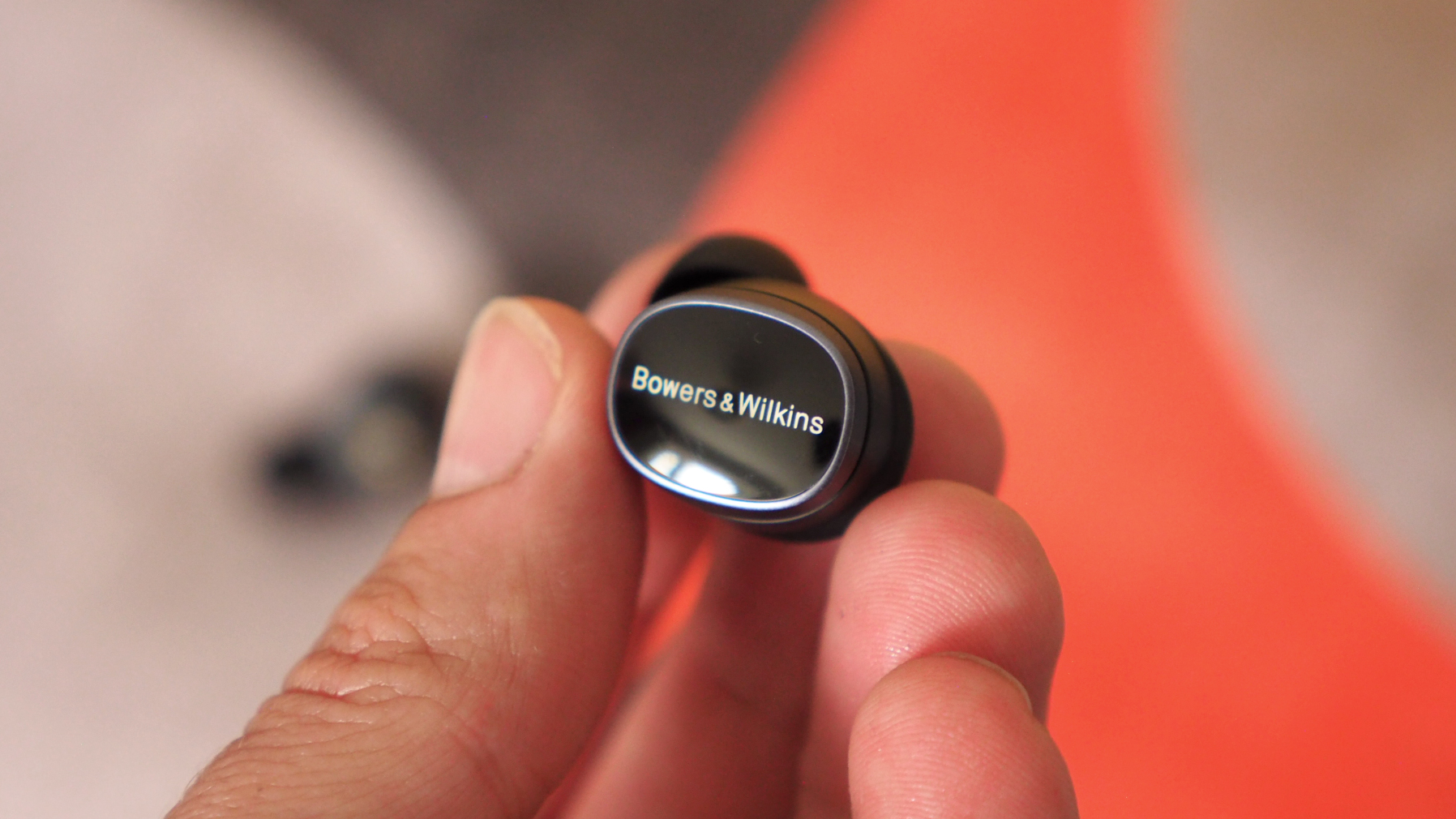
Yes, Bowers & Wilkins has priced the Pi8 at the very outer edge of what the mainstream market might deem acceptable – but to be fair, the company has specified them in a manner that goes a fair way towards justifying the money it’s asking.
For instance, the Pi8 use Bluetooth 5.4 for wireless connectivity. As well as the usual SBC and AAC codecs, there’s compatibility with Qualcomm’s aptX, aptX Adaptive and aptX Lossless codecs too – which means that lossy 24bit/96kHz content and lossless 16bit/44.1kHz content can be received. Admittedly the source players that are currently capable of delivering aptX Lossless are scarce in the manner of hen’s teeth, but nevertheless the Pi8 are ready to serve you lossless CD-standard audio quality wirelessly, just as soon as you acquire the device that can send it.
Multipoint connectivity means the Pi8 can connect to two devices at once. And the charging case the earbuds travel in (and charge in, obviously) can retransmit – so you can attach a source to the case’s USB-C slot using either of the USB-C or 3.5mm-to-USB-C cables provided and the case will send the content on to the earbuds. Which means you can, for instance, use your Pi8 to listen, wirelessly, to the in-flight entertainment system using the aptX Adaptive codec at a lossy 24bit/96kHz standard. Which, I think we can all agree, is a very worthwhile feature indeed.

The charging case supports wireless charging as well via its USB-C slot. Battery life is a reasonably competitive 6.5 hours from the earbuds (with ANC switched on) with an additional 13.5 hours in the case – an all-in total of 20 hours isn’t too bad, but it’s not about to give the current market leaders any sleepless nights.
Elsewhere, though, the Pi8 again set the pace. The DAC, amplification and DSD are all derived from renowned specialist ADI. Sound itself is delivered via a couple of 12mm versions of the full-range Carbon Cone dynamic drivers originally developed for the high-end Px8 wireless over-ear headphones. Noise-cancellation is a hybrid system with a pass-through option, and there are three mics per earcup taking care of ANC, cVc telephony and voice-assistant interaction. And the earbuds are IP54-rated, which means they should be perfectly fine in any realistic environment.
Bowers & Wilkins Pi8 review: Performance
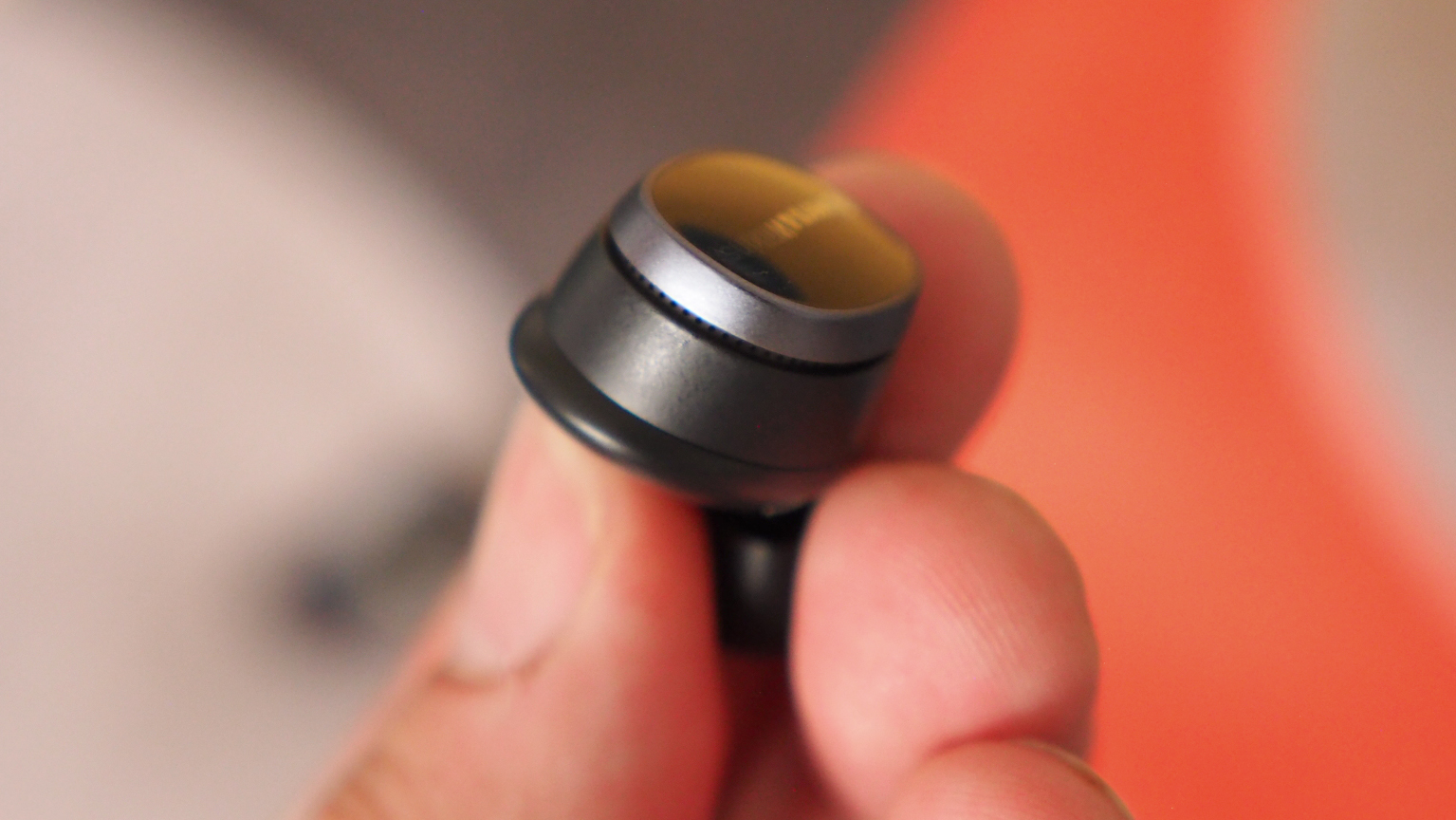
Obviously if you’re spending this sort of money on a pair of true wireless in-ear headphones, you’re doing the right thing by them in terms of the quality of digital audio file you give them to deal with. Aren’t you? But even if you’re not, never fear: the Pi8, while naturally more at home with big files, won’t judge you too harshly if you feed them stuff from Spotify’s free tier. Not as harshly as I will, anyway.
So it doesn’t really matter if it’s poverty-spec MP3 or some big FLAC files from Qobuz or Tidal, the Bowers & Wilkins will always make the best of it. And be in no doubt: their best is very good indeed.
At every turn, the Pi8 are a deft, informative and thoroughly entertaining listen. They’re able to organise even the most complicated recordings confidently, and lay them out on a big, coherent soundstage with plenty of breathing space for every individual element. Detail levels are sky-high in every respect, from the most obvious front-and-centre stuff to the fleeting, minor, barely-there occurrences at the edge or the back of a mix. If there’s information to be revealed in a recording, the Pi8 will reveal it – and not in a drily analytical way, either. Every scrap of information is given the appropriate weight and context, and consequently the idea that you’re not getting the complete picture seems unlikely in the extreme.
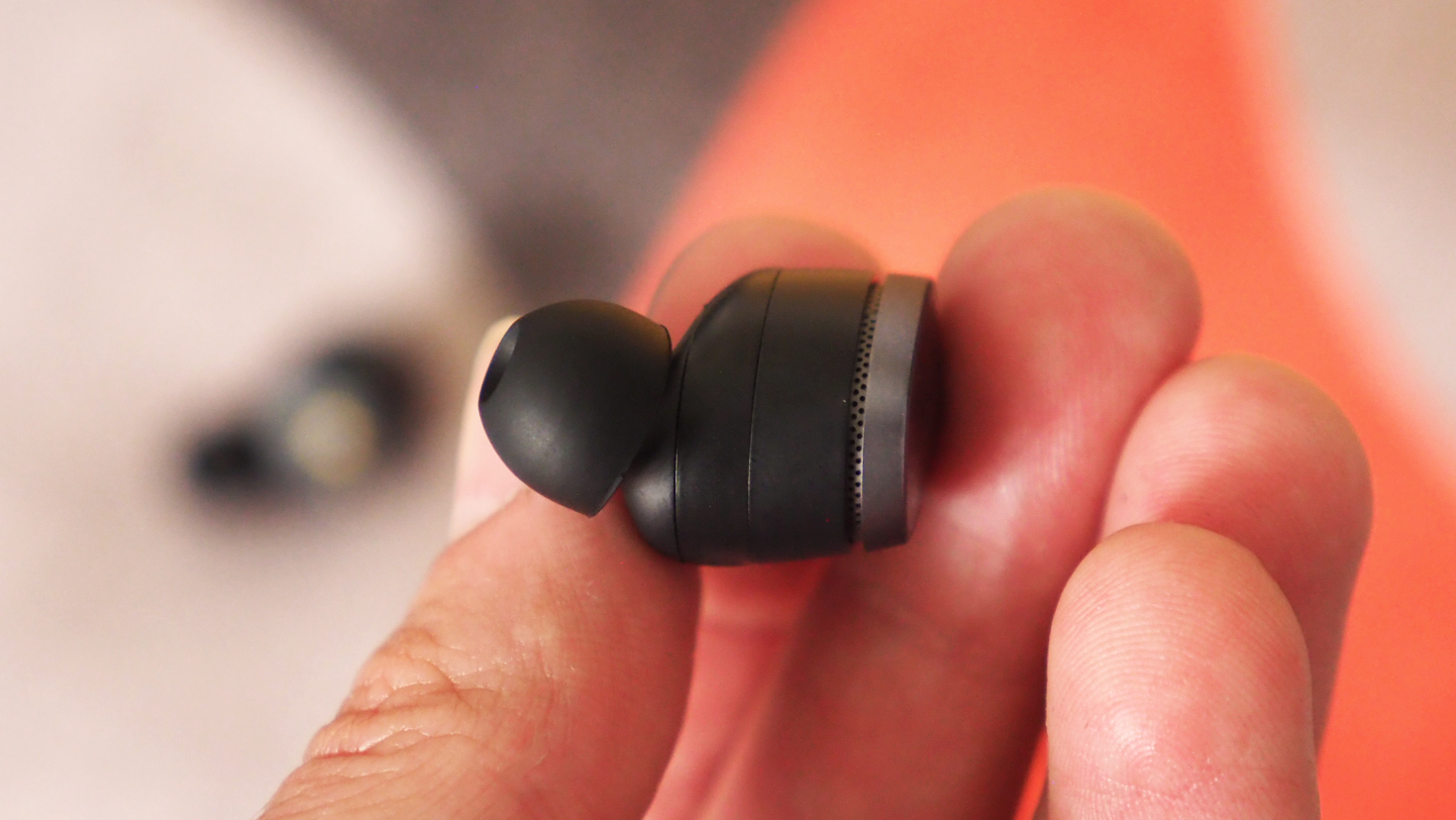
At the top of the frequency range they attack with real determination – but there’s plenty of substance and solidity to balance out the crunch and shine of treble sounds. At the opposite end they dig deep and hit hard, but have the control and insight to keep rhythmic expression convincing and offer plenty of variation to bass sounds. And in between, the midrange is absolutely alive with detail both broad and fine – so singers communicate with positivity and eloquence, and the secrets of their character and technique are made plain.
The entire frequency range is integrated smoothly, with no area understated or given undue prominence. Dynamic headroom is considerable, so when the going gets intense or volume levels really ramp up, the Bowers & Wilkins have no trouble making these changes obvious. And unlike some nominal rivals, none of these positives desert the Pi8 if you decide to listen at moderate or even low volumes – their character doesn’t alter in the slightest.
It’s a slightly different story if you decide you want to listen at volume levels your doctor would advise against, though. There’s no fundamental shift in tonality or attitude, but the big soundstage loses some of its depth as each element of a recording tries to muscle its way to the front. The spaciousness of the presentation goes astray as a result, replaced by a mild-but-undeniable sense of congestion. There’s an easy remedy to this, though – listen to your doctor and don’t play your music at ear-splitting volumes.
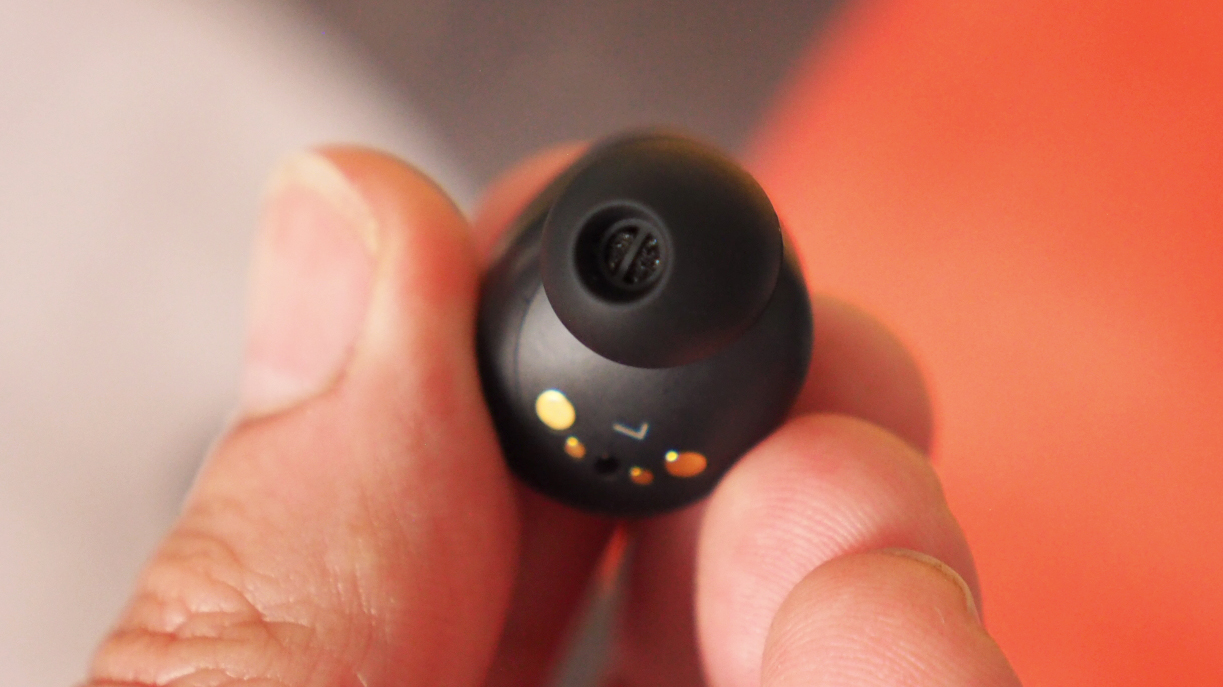
It’s important not to confuse ‘spaciousness’ with ‘spatial audio’ where the Pi8 are concerned, by the way. The Bowers & Wilkins are extensively specified, but there's no facility to optimise those recordings mastered in Dolby Atmos for Tidal, for instance. ‘Stereo’ is what you get – open, well-defined stereo.
Other earbuds feature more mics, but I’m not aware of any alternative design that features better call quality than the Pi8. Artefacts are minimal, intelligibility is crisp, and the Bowers & Wilkins do a pretty good job where wind-noise is concerned too.
‘A pretty good job’ just about covers the active noise-cancellation (ANC) that’s available here, too. Obviously the Pi8 (just like every other pair of true wireless in-ear headphones) cannot match the almost uncanny blanket of silence delivered by the Bose QuietComfort Ultra Earbuds, but they’re a strong second-tier performer. Unless external sounds are in the lower frequencies and very nearby, the Bowers & Wilkins can negate them – and they can do so without shifting their sonic characteristics in any meaningful way compared to when the ANC system is switched off. So if ‘good ANC’ is good enough for you, the Pi8 have you covered.
Bowers & Wilkins Pi8 review: Design & Usability
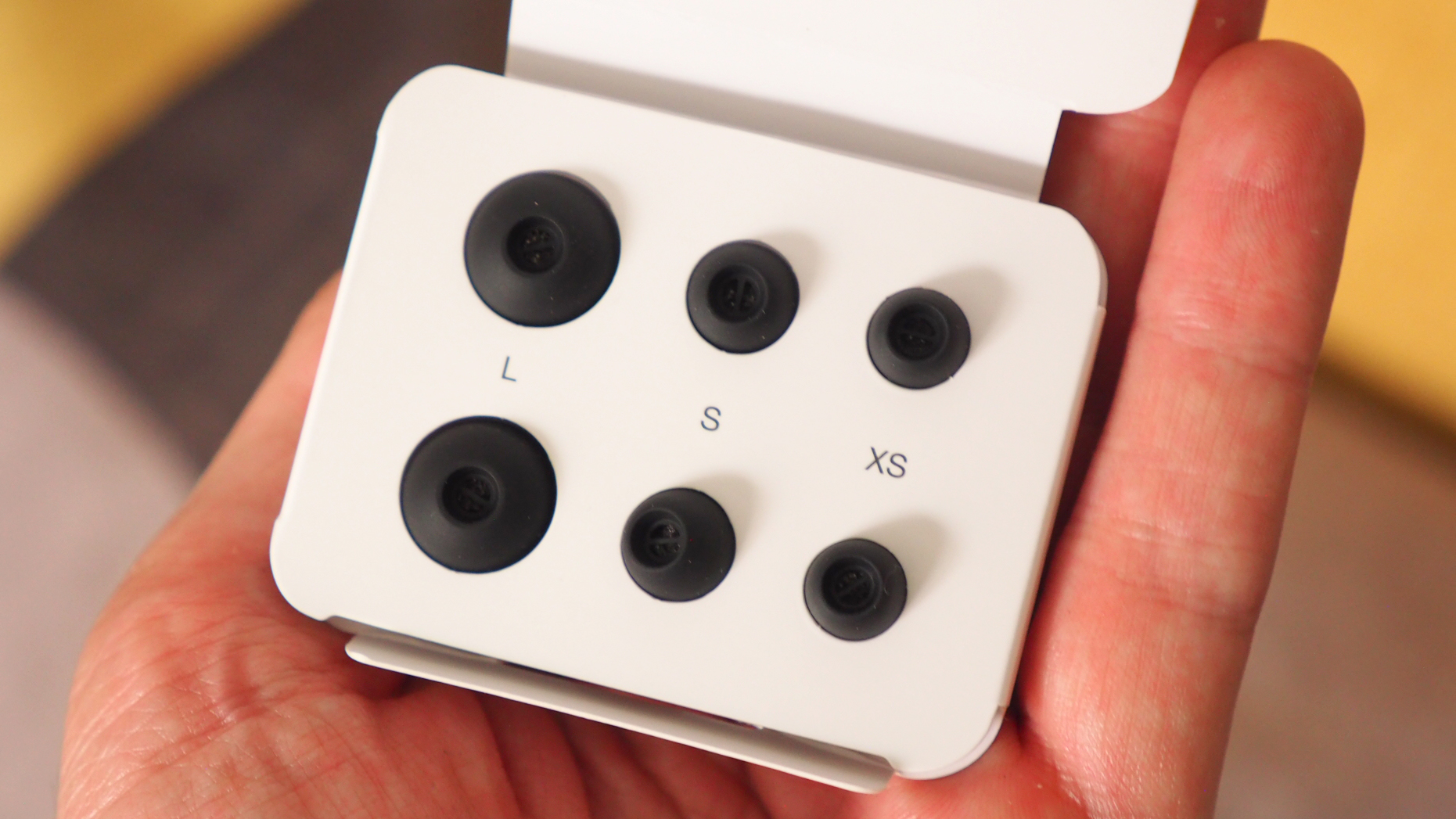
The previous generations of Bowers & Wilkins true wireless in-ears had plenty to recommend them, but to be absolutely honest ‘design’ was not on that list. Happily, the Pi8 are altogether more discreet, more coherent, and more sophisticated where design is concerned – and as a result are much less likely to make you feel self-conscious while wearing them.
The earbuds are 7g each, but the carefully ergonomic shape makes them easy to wear for extended periods – and the inclusion of four differently sized pairs of silicone eartips doesn’t do any harm in this regard either. The charging case is much slimmer and more pocketable than before too – it’s a smooth little pebble of just 52 x 65 x 29mm (HxWxD) and 46g.
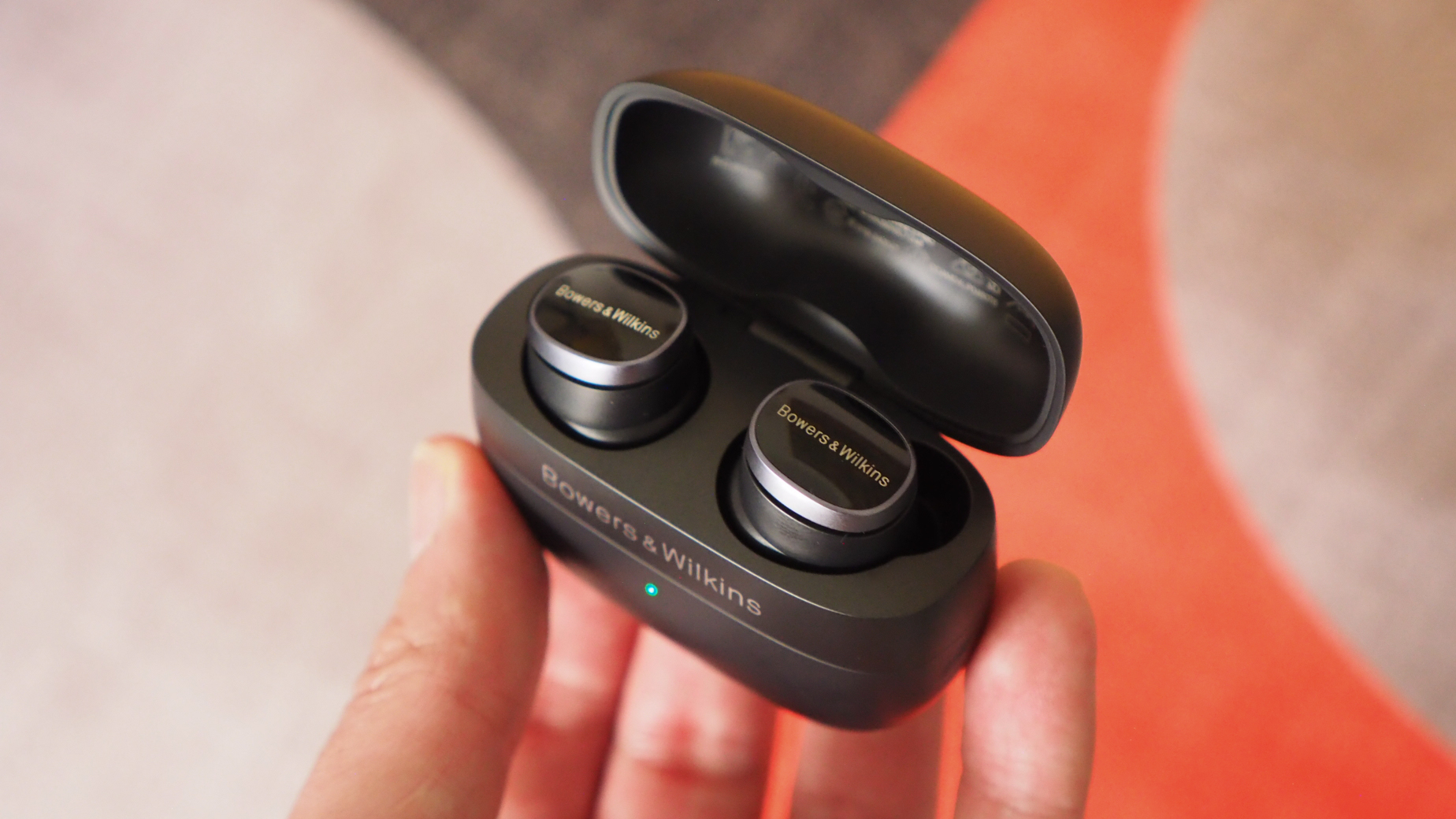
And no matter which of the four available finishes you choose – Anthracite (black), Dove (white), Jade (green), or Midnight (blue) are your options – the combination of smooth design, premium materials and impeccable build quality make for a satisfying ownership experience.
The Pi8 support ‘Made for iPhone’ from the get-go, and support for Google FastPair is coming any moment now. And once paired, control options are numerous and well-implemented.
There’s a capacitive touch surface on the top of each earbud (where the ‘Bowers & Wilkins’ logo is rendered in absolutely minuscule type), and from here it’s easy to control the broad playback and telephony functions. Voice-assistant interaction is swift and reliable too.
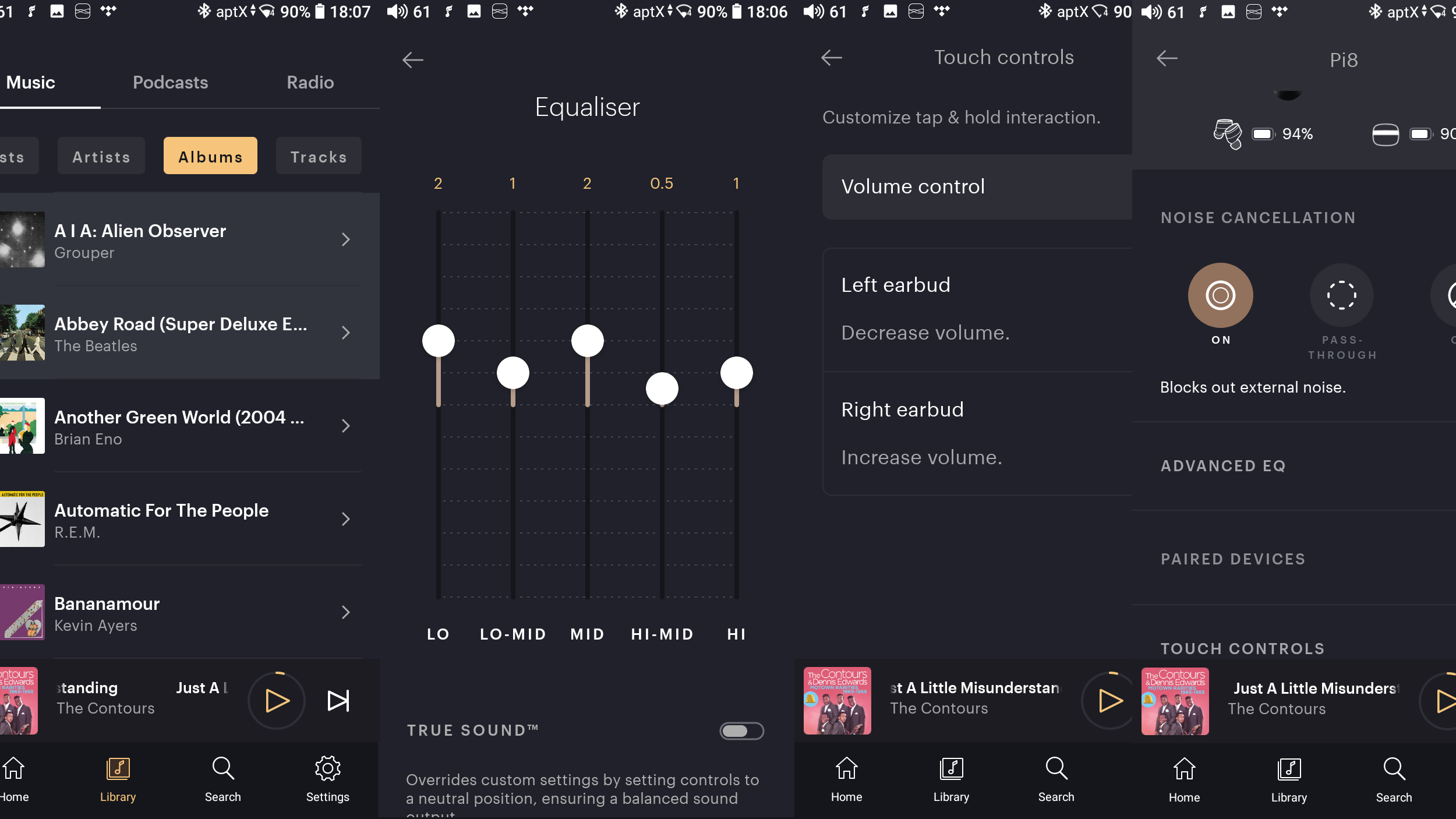
The Bowers & Wilkins Music control app not only has playback functionality, allows you to switch between ANC modes and investigate a five-band EQ (along with an approved ‘True Sound’ setting’), but it can let you integrate your favourite music streaming services too (as long as they are Deezer, NTS, Qobuz, Soundcloud, Tidal and/or TuneIn). It’s a stable, logical and reasonably good-looking interface that’s able to make quite insightful recommendations based on your listening – and as such it’s one of the better control apps around.
Bowers & Wilkins Pi8 review: Verdict
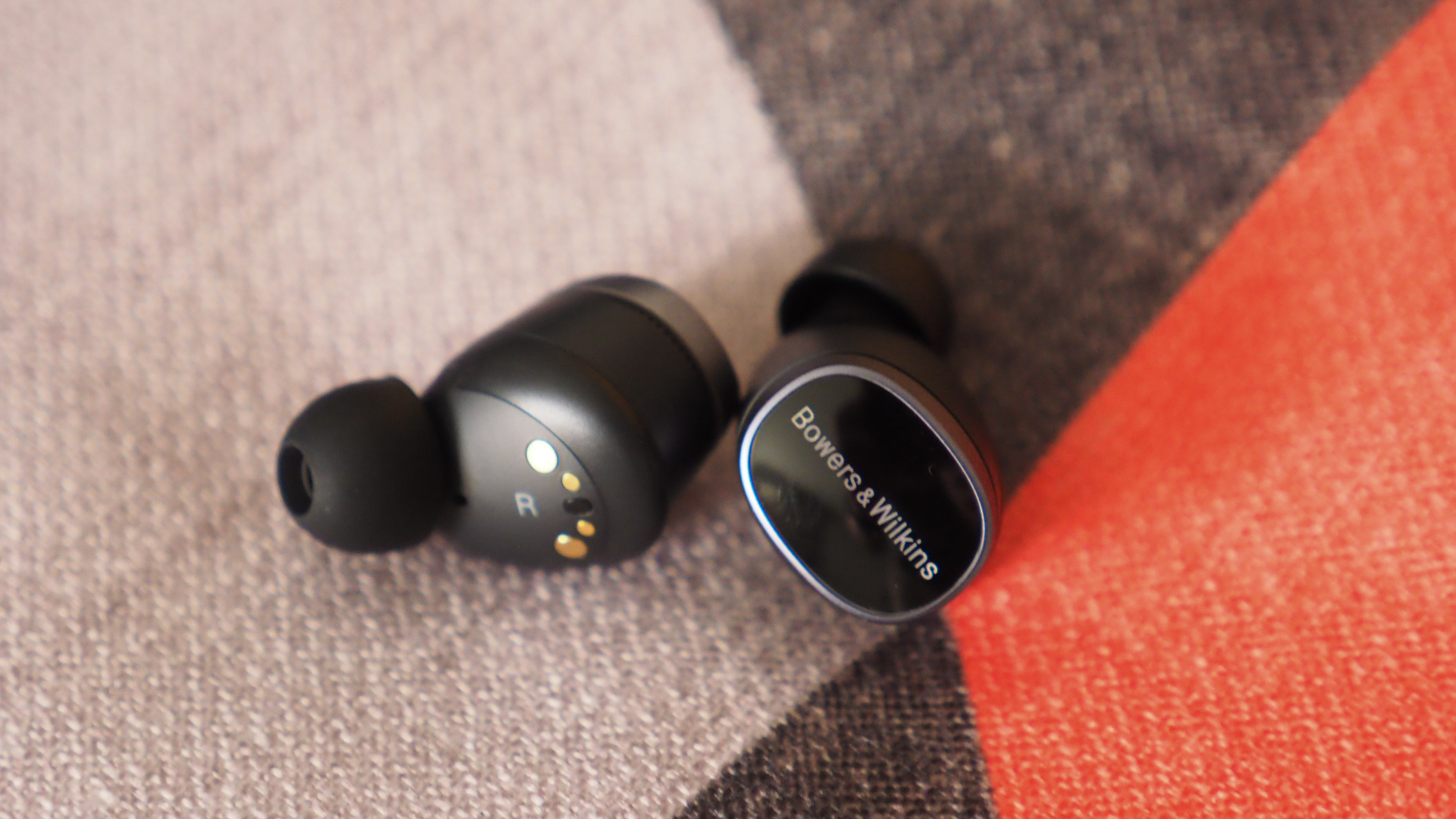
Predictably great sound, predictably thorough specification, and unexpectedly swish design make the Bowers & Wilkins Pi8 the most competitive true wireless in-ear headphones from the brand so far.
That the Pi8 are properly specified and sound excellent is every bit the expectation. That they’re designed to look discreet and upmarket is more surprising, though – and it makes these Bowers & Wilkins a more complete package as a result.
Yes, they’re expensive, but the Bowers & Wilkins Pi8 make an extremely strong case for themselves. If you like the idea of premium, you need to give these a very thorough once-over – as for high-end audio lovers these are peerless in-ears worth every penny.
Also consider
Of course, no sensible person will ignore Bose (with its QuietComfort Ultra Earbuds) or Sony (and its WF-1000XM5) when researching a new pair of true wireless in-ear headphones. But those who value sound quality over mildly gawky looks should also cast a glance in the direction of the Denon Perl Pro. Or if it’s Bowers & Wilkins-rivalling luxury you’re after, you could do a lot worse than look into the MW09 by Master & Dynamic – because if anyone knows how to make a tiny product feel expensive, it’s M&D.
Sign up to the T3 newsletter for smarter living straight to your inbox
Get all the latest news, reviews, deals and buying guides on gorgeous tech, home and active products from the T3 experts
Simon Lucas is a freelance technology journalist and consultant, with particular emphasis on the audio/video aspects of home entertainment. Before embracing the carefree life of the freelancer, he was editor of What Hi-Fi? magazine and website – since then, he's written for titles such as Wired, Metro, the Guardian and Stuff, among many others. Should he find himself with a spare moment, Simon likes nothing more than publishing and then quickly deleting tweets about the state of the nation (in general), the state of Aston Villa (in particular) and the state of his partner's cat.
-
 Build unshakeable core strength with a kettlebell and these three exercises
Build unshakeable core strength with a kettlebell and these three exercisesAdd this to the end of your workout to fire up your midsection muscles
By Bryony Firth-Bernard Published
-
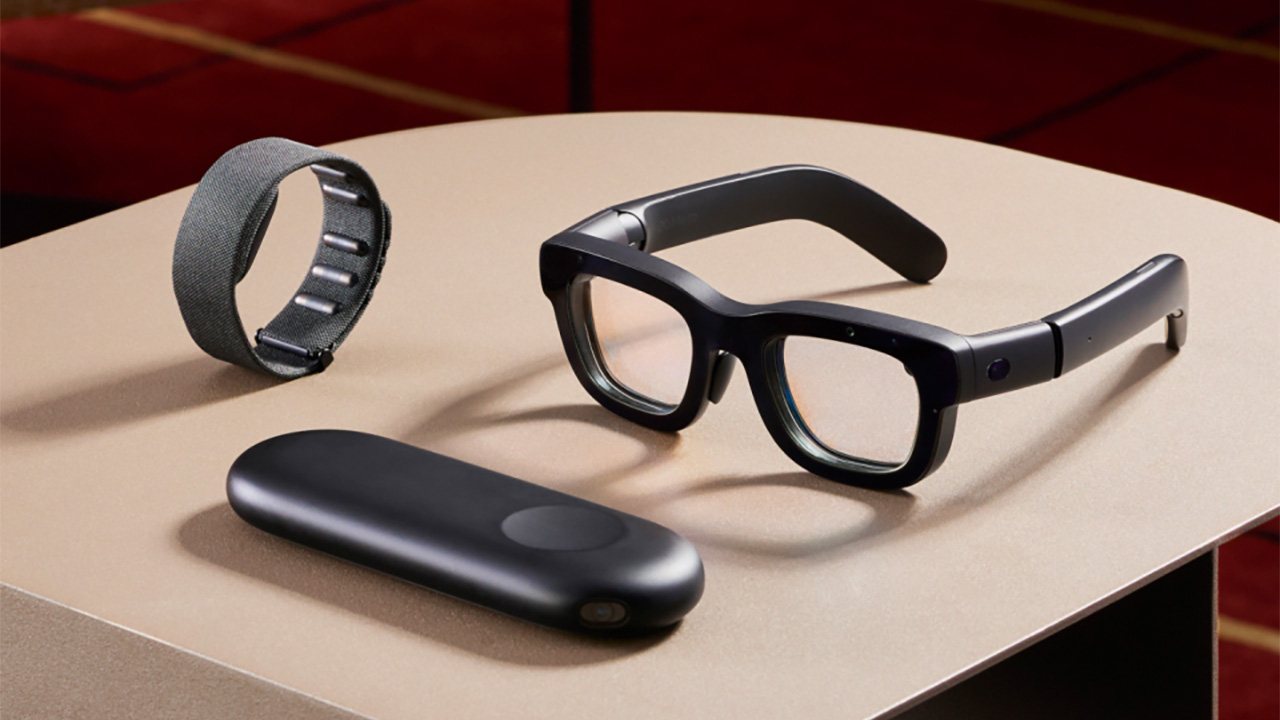 The next big tech battlefield is AR Glasses – and Apple is ready to fight
The next big tech battlefield is AR Glasses – and Apple is ready to fightTim Cook is said to "care about nothing else"
By Sam Cross Published
-
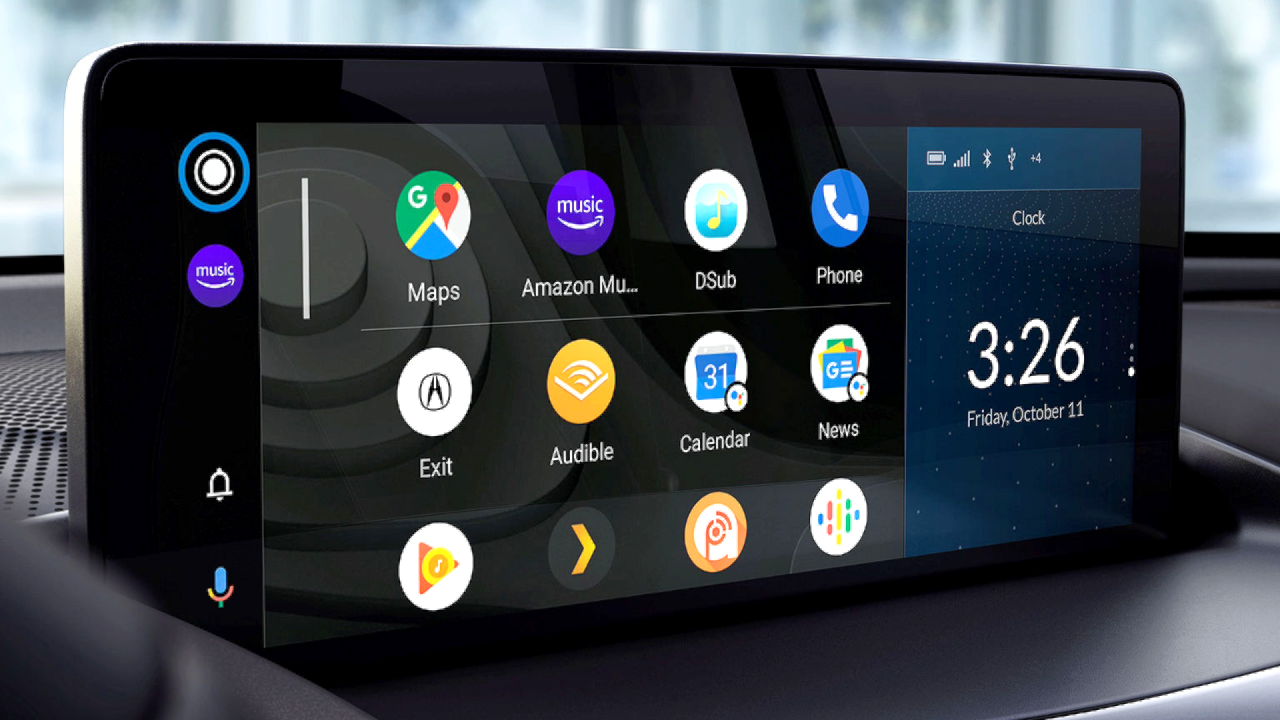 Android Auto could add a feature that nobody asked for, but might appreciate anyway
Android Auto could add a feature that nobody asked for, but might appreciate anywayThis futuristic addition to Android Auto could change the experience forever
By Chris Hall Published